2 September
lecture series
AROUND CULTURAL HERITAGE IN THE RONCAL VALLEY
In the footsteps of Fructuoso Orduna in Navarre
José Javier Azanza López
Chair of Navarrese Heritage and Art
In his lecture, Professor Javier Azanza first of all examined the figure of Fructuoso Orduna Lafuente (Roncal, 1893-1973), considered to be the most important sculptor of the first generation of Navarrese sculptors (born between 1890-1920). He alluded to the beginnings of his training in Zaragoza in the workshop of the sculptor Dionisio Lasuén and at the School of Industrial Arts and the technical school, as well as his difficult beginnings in Madrid, where he went in 1914 and was admitted to the workshop of Mariano Benlliure; Explicit of this difficulty is the application of financial aid reported by Diario de Navarra on 31 July 1915 ("Sepan que hay en Madrid un joven navarro que puede dar días de loria a su pueblo si encuentra quien le ayuda a realizar su obra" ("Know that there is a young Navarrese in Madrid who can give days of glory to his town if he finds someone to help him carry out his work") and who would be looked after by the Diputación Foral de Navarra with an economic pension of 2.2,000 pesetas. The young Orduna's worth was soon demonstrated by his triumphs at the National Fine Arts Exhibitions of 1920(Head of a Roncalés, third prize medal class and a new pension from the Regional Council to go to Rome) and 1922(Post Nubila Phoebus, first prize medal class), which enabled him to establish himself as one of the young talents on the Spanish sculptural scene.
Orduna's merit was immediately recognised, as evidenced by his first individual exhibition held in December 1923 at the Palacio de la Library Services y Museos in Madrid, and the praiseworthy comments in the press and specialised magazines, with special accredited specialization for the reviews that appeared in La Esfera ( 19 January 1924, p. 15) and in the Revista Hispanoamericana de Ciencias, Letras y Artes (December 1928, pp. 440-444). After a successful career, in 1962 he was appointed academician of Fine Arts of the Royal Academy of San Fernando, taking possession of the place on 7 April 1963 with the speech "La necesidad de las Bellas Artes en la vida humana", with a reply by Enrique Pérez Comendador. During one of his regular summer holidays in Roncal, he fell ill and died on 26 August 1973.
Azanza also alluded in this first part of his speech to the sculptor's formal language, of great technical virtuosity and heir to late classicism, expressing himself mainly in noble materials such as marble and bronze, although without disdaining stone and wood. Orduna showed his capacity for anatomical study in works such as Los atletas (a set of six statues installed in an aligned manner in the Ramiro de Maeztu Stadium high school ). He also expressed himself as an excellent portraitist, while in religious statuary he was sample heir to the best Spanish image-makers. requirements He also cultivated one of the most characteristic sculptural manifestations of the 20th century, the public monument, given the numerous commissions he received, mainly from the official institutions of Navarre, although also from other parts of Spain, as the figurative language of the artist from Roncal fully satisfied the requirements of the commissioners of the works.
The lecturer then gave way to the second part of his talk, in which he gave a survey of Orduna's urban sculpture in Navarre, which extends practically from the beginning to the end of his artistic career. He began with the bust of Julián Gayarre inaugurated in 1917 in Roncal, where, despite the early date, his mastery of the material can already be appreciated; a bust which, due to its deterioration, would be replaced in 1953 by a similar one made in bronze by Orduna himself and which in 2007 in the garden annexed to the House Museum. In 1923, he created the bust of Ciriaco Morea, an Aezkoan from Garayoa who had become wealthy in Argentina and was a generous benefactor of his native town. A year later, the commemorative plaque dedicated by the Tertulia Navarra de Madrid was placed in the house where Gayarre was born in Roncal, after the corresponding epigraphic modification had been introduced, as it was initially designed for the Madrid house where the tenor from Roncal died. In 1924 Orduna also conceived the sketch for the unrealised monument to Fr Diego de Estella in his native city.
In 1928 the monument to Pedro Navarro was inaugurated in Garde, an outstanding military strategist and engineer distinguished by the Gran Capitán with the degree scroll of Conde de Oliveto for his actions in the War of Naples, and for whose portrait Orduna was inspired by the work Ritratti et Elogii di Capitani Illustri (Rome, 1635); the 35,000 pesetas of its cost were contributed by the residents and the Town Council of the town of Roncalesa, with its mayor José Glaría at the head. final A year later, the inauguration of the monument to General Sanjurjo took place in Pamplona, in recognition of the victory achieved by the Army of Africa under Primo de Rivera; however, his subsequent participation in the 1936 Uprising surrounded the monument with controversy, and it was the object of successive attacks until the bust was removed in 1988, thus stripped of its original significance and awaiting a new use and function. In the same year, 1929, the funeral monument to Hilarión Eslava in the Burlada cemetery was crowned by a bronze bust of the composer by Orduna; and Tudela paid tribute to José María Méndez Vigo, Member of Parliament for the district of Tudela between 1914 and 1923 and tireless benefactor of the city and its region, with a monument designed by the Madrid architect José Luis Marrero and executed by Orduna, with the allegory of Agriculture and the portrait of profile of the illustrious benefactor.
In 1933, the monument to Juan Huarte de San Juan was inaugurated in Pamplona, conceived by Orduna as a sculptural relief executed on a bronze plate and set on a stone pedestal, in which he depicted the physical features of the philosopher, psychologist and doctor born in San Juan de Pie de Puerto, accompanied by his Examen de ingenios para las ciencias (Examination of Wits for the Sciences). A year later, the pediment of the façade of the Palacio de Diputación facing the Avenida de Carlos III was decorated with an allegorical sculpture at core topic representing Navarre surrounded by its works and trades. Also in Pamplona, the Taconera gardens were the site of the Monument to Julián Gayarre, inaugurated in 1950 and the result of the collaboration between Víctor Eusa and Fructuoso Orduna, partnership ; Made of white marble, its lower lantern is decorated with fourteen figures sculpted in relief symbolising the glorification of the Roncal tenor's degree program and the feeling of pain caused by his death, culminating in the statue of Gayarre, whom the sculptor represents in his performance of the opera Los pescadores de Perlas, and before whom a critic exclaimed that "Orduna, in marble, has made Gayarre into a poem with a chisel".
In 1951, the façade of the Palacio de Diputación facing Paseo de Sarasate received a sculptural group by Orduna representing the coat of arms of Navarre supported by male allegories of the Ribera and the Mountains, conceived in the manner of Roman togados. The presence on the coat of arms of the Laureate of San Fernando (awarded to Navarre in 1937 by Francisco Franco) meant, in compliance with the laws of symbols and of report Histórica, the removal of the sculptural group in 2016, being replaced by a stained glass window with the official coat of arms of Navarre made by Alberto Chueca Lenzano from Oliva. In 1952, the same façade of the Diputación housed the bronze statues of the Navarrese kings Sancho el Mayor and Sancho el Fuerte in niches. And a year later, at the gates of the Roncal cemetery, a monument was erected in homage to the politician and prestigious figure Valentín Gayarre.
Orduna encountered a new Renaissance figure in his monument to the famous Italian condottiero, prince and politician Cesare Borgia, unveiled in 1965 in Viana, where he was killed in 1507 fighting against the armies of Castile. In 1967 a monument to Saint Francis Xavier was erected in Viana, in which Orduna conforms to the traditional iconography of the saint, working on the basis of large planes without paying so much attention to detail. The last work by Fructuoso Orduna was the bust of the Duke of Ahumada, unveiled in 1969 in Pamplona next to the headquarters of the Guardia Civil, in which the sculptor from Roncal shows in the face of the founder of the Benemérita his qualities for portraiture. This brings to a close the journey through Orduna's public sculpture in Navarre, a journey that has brought us closer to some of his most representative works and to some of the most significant figures that form part of the identity of the old Kingdom.
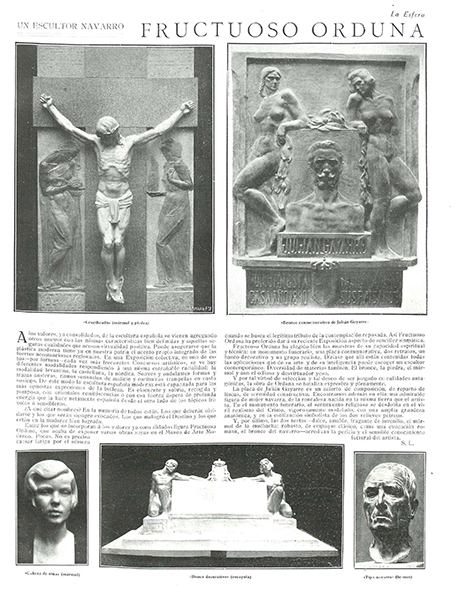
Fig. 1. "A sculptor from Navarre. Fructuoso Orduna", La Esfera, no. 524, 19-1-1924, p. 15.
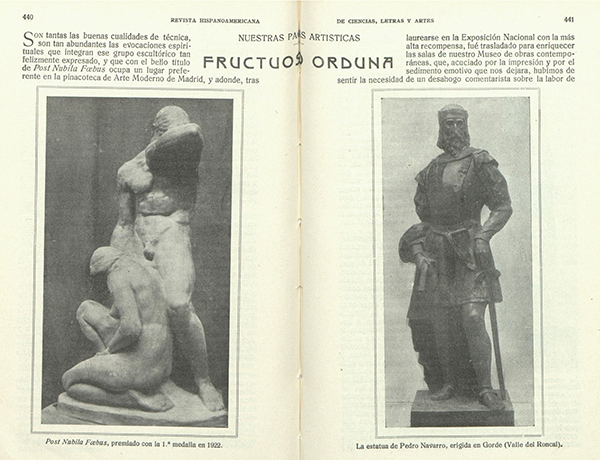
Fructuoso Orduna", Revista Hispanoamericana de Ciencias, Letras y Artes, nº 68, December 1928, pp. 440-441.
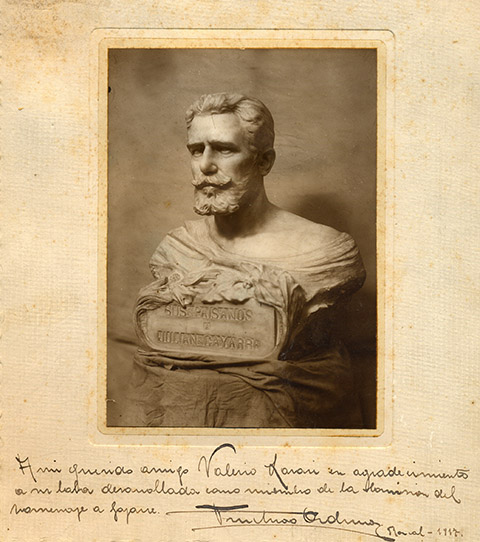
Bust of Julián Gayarre with dedication by Fructuoso Orduna to his friend Valerio Labari. Roncal, 1917. Col. José Ignacio Riezu Boj.
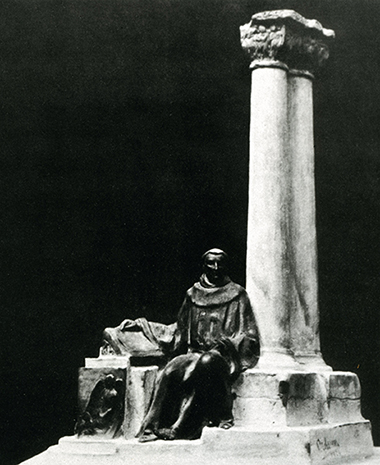
Fig. 4. Fructuoso Orduna. Sketch of the unrealised monument to Fr. Diego de Estella, 1924.
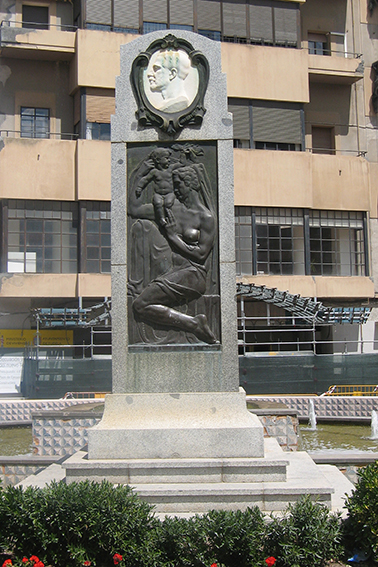
Fig. 5. Fructuoso Orduna. Monument to José María Méndez Vigo. Tudela, 1929.
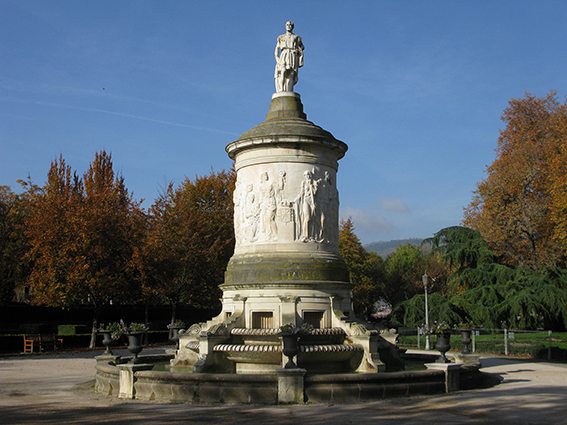
Fig. 6. Víctor Eusa and Fructuoso Orduna. Monument to Julián Gayarre, Pamplona, 1950.
bibliography
Arahuetes Pérez, C., Fructuoso Orduna, Col. Panorama nº 7, Pamplona, Government of Navarra, 1986.
Azanza López, J. J., El monumento conmemorativo en Navarra. La identidad de un Reino, Col. Panorama, nº 31, Pamplona, Government of Navarra, 2003.
Azanza, J. J., Muruzábal, J. M., Urricelqui, I. and Zubiaur, F. J., guide de escultura urbana en Pamplona, Pamplona, Pamplona City Council, 2010.
Muruzábal del Solar, J. M., Escultura pública en Navarra. Catalog y estudio, 1800-2008. thesis doctoral defended at the University of Navarra.
Urricelqui Pacho, I. J., "Post Nubila Phoebus, by Fructuoso Orduna, and the artistic culture of his time", Príncipe de Viana, nº 265, 2016, pp. 661-688.
Zubiaur Carreño, F. J., "Contemporary sculptors", El Arte en Navarra, T. II, Pamplona, Diario de Navarra, 1994, pp. 609-624.
